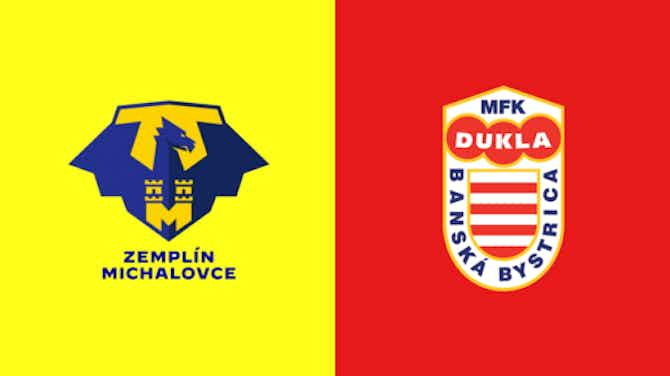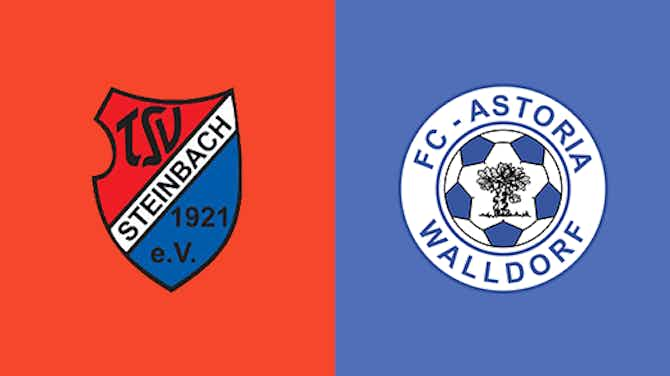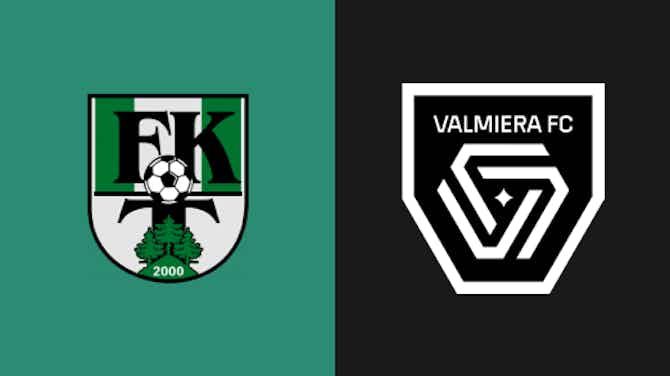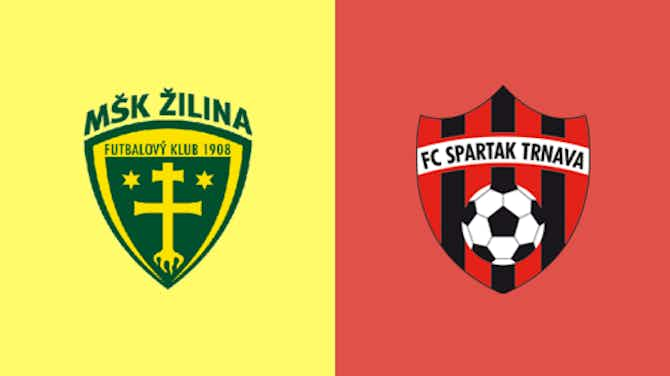EFL Analysis
·29 September 2020
EFL Championship 2020/21: Bournemouth vs Norwich City – tactical analysis

EFL Analysis
·29 September 2020

After struggling to win one point from the clash versus Middlesbrough in the Championship’s second fixture, Bournemouth returned to their home of Vitality Stadium to welcome a familiar opponent: Norwich City. The visitors had been in the same situation after their relegation – just a 1-0 win and a draw were not enough to satisfy the Canaries’ fans. Apparently, the victory which brings three points is compulsory for both teams but only one squad could achieve it.
In this tactical analysis, we look at the tactics that Norwich City utilised to dominate against Bournemouth with great ball possession, and this analysis shows the solid way in which the Cherries fought to retain their victory.
Instead of using the 3-4-3 formation as in the game with Boro, Jason Tindall deployed the formation 5-3-2 for the hosts with Asmir Begović in the goal, protected by the back three of Chris Mepham, Steve Cook, and Diego Rico, whilst flanked by the two wing-backs Jack Stacey and Adam Smith. The three players who did their duty in the middle of the field were Jefferson Lerma, Lewis Cook, and Phillip Billing. Tindall’s pair of strikers were Dominic Solanke and Arnaut Danjuma.
Daniel Farke brought to Vitality Stadium a 4-1-4-1 formation with the back four of Max Aarons, Christoph Zimmermann, Ben Godfrey, and Xavi Quintillà that secured Tim Krul’s net; Oliver Skipp was the man stood lowest in the middle, right behind two central midfielders Lukas Rupp and Kenny McLean. The Canaries’ striker was Teemu Pukki and he got support from the two wingers Onel Hernández and Przemyslaw Placheta.

Last season in the Premier League, Norwich made the whole of England notice them by playing a fancy attacking playstyle and an almost scientific build-up phase. Tindall understands this well, so he directed his players to push high – the Cherries pressed right after Krul had the ball and did not allow their opponents to progress the ball forward smoothly. This was especially the case at their right flank with the appearances of Lerma and Solanke, where Bournemouth constantly regained the ball and proceeded with counter-attacks.
Farke wanted his men to thoroughly utilise the field width with the two central defenders to move wider to the touchlines. However, with the hosts constantly pressing Godfrey, it took more than one of Norwich’s players to drop deeper and help his teammates to progress the ball. This was dangerous because it demanded the visitors to commit many players to one flank and thus, the central area and the opposite flank were left empty; spaces appeared for Bournemouth’s midfielders and wing-backs to occupy easily.




Unlike the visitors, the Cherries were very proactive in building the play up and breaking Norwich’s pressing line with strikers who possess a good work rate – Solanke and Danjuma often moved wide to the flank near the halfway line to receive the ball from their side-defender Rico, helped him get rid of pressure from Norwich. Under Norwich’s pressure, Steve Cook often delivered the ball to Rico, and the Spaniard would pass it to Solanke perfectly – thanks to the space that Aarons left behind, and then Solanke could drop deep and receive the ball without getting any trouble – this is the way Bournemouth bypassed Farke’s pressing system. With only Zimmermann chasing and marking him, the former Liverpool forward could comfortably shield the ball and think for the next passes.


A common thing that can be seen in teams who play with a back-three and a striking duo is that they always have a striker who roams from his position. This fluidity was the key ingredient to the host’s attack, let us see an instance below to understand this.


Lerma’s mobility was also an important part of Tindall’s squad’s performance. Despite being arranged as a right-sided midfielder, the Colombian usually presented himself in the final third, supported his fellow strikers, and also in the pressing progress. His assist for Danjuma was a typical result of this.



As we mentioned earlier, Farke encouraged his men to maximise the width for the build-up phase – doing this created space for Skipp to move lower, receive the ball, and distribute it forward or to the flanks. Therefore, there were three passing options for Krul and the Dutchman was easier to choose. This deployment allowed Aarons and Quintillà to go to a higher position and join the attack more often. The visitors’ shape, therefore, looks like a 3-4-3 formation.

Theoretically, Norwich’s players had one striker and two wingers, but in fact, instead of always staying near the touchline, Hernández often rotated to the central area and left the right wing for Aarons and Rupp. Hernández’s presence in the box also attracted the Cherries’ defenders and they barely stepped out of the box – this opened space in the flank for those two players to exploit.



In the second half, Bournemouth proactively moved low, deployed a low-block defensive system, and gave the Canaries the whole midfield to control. Nevertheless, Farke’s squad could not pierce through the hosts’ two layers of defending. They undertook many crosses but Bournemouth’s defensive men handled them well.

Bournemouth now have three consecutive undefeated matches with two victories and one draw result. Coach Tindall’s team performance has been not so fancy or impressive, but it has been really effective which relies on an extremely solid defensive system. On the other hand, it seems like Farke is still loyal to his possessing philosophy but the German manager must find a way to fix his own problems – especially with breaking low-blocks. It’s too early to talk about promotions, but with the Cherries’ performance so far, their fans can count on Tindall’s players giving a good shot at getting promoted to the Premier League once again next season.






























































